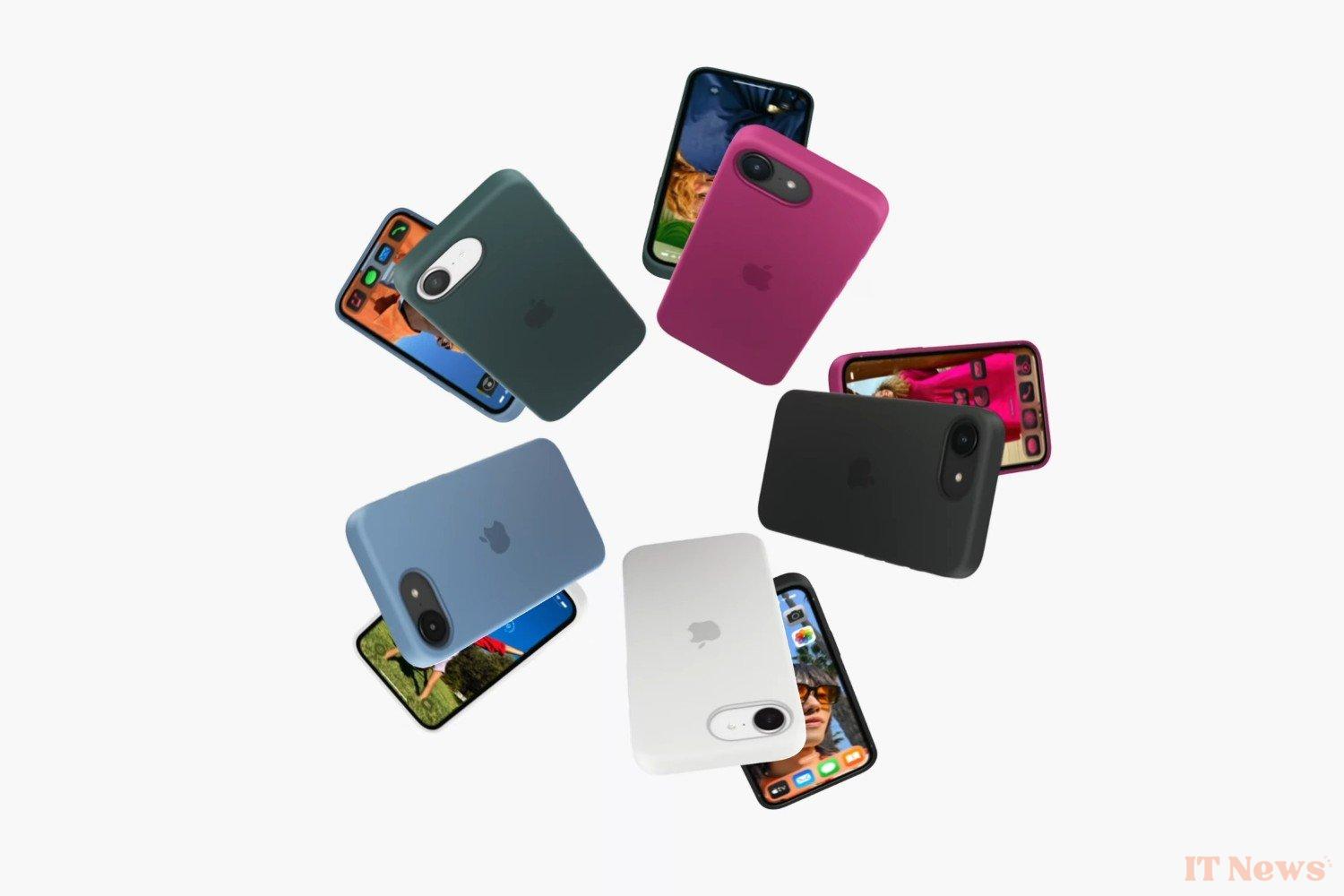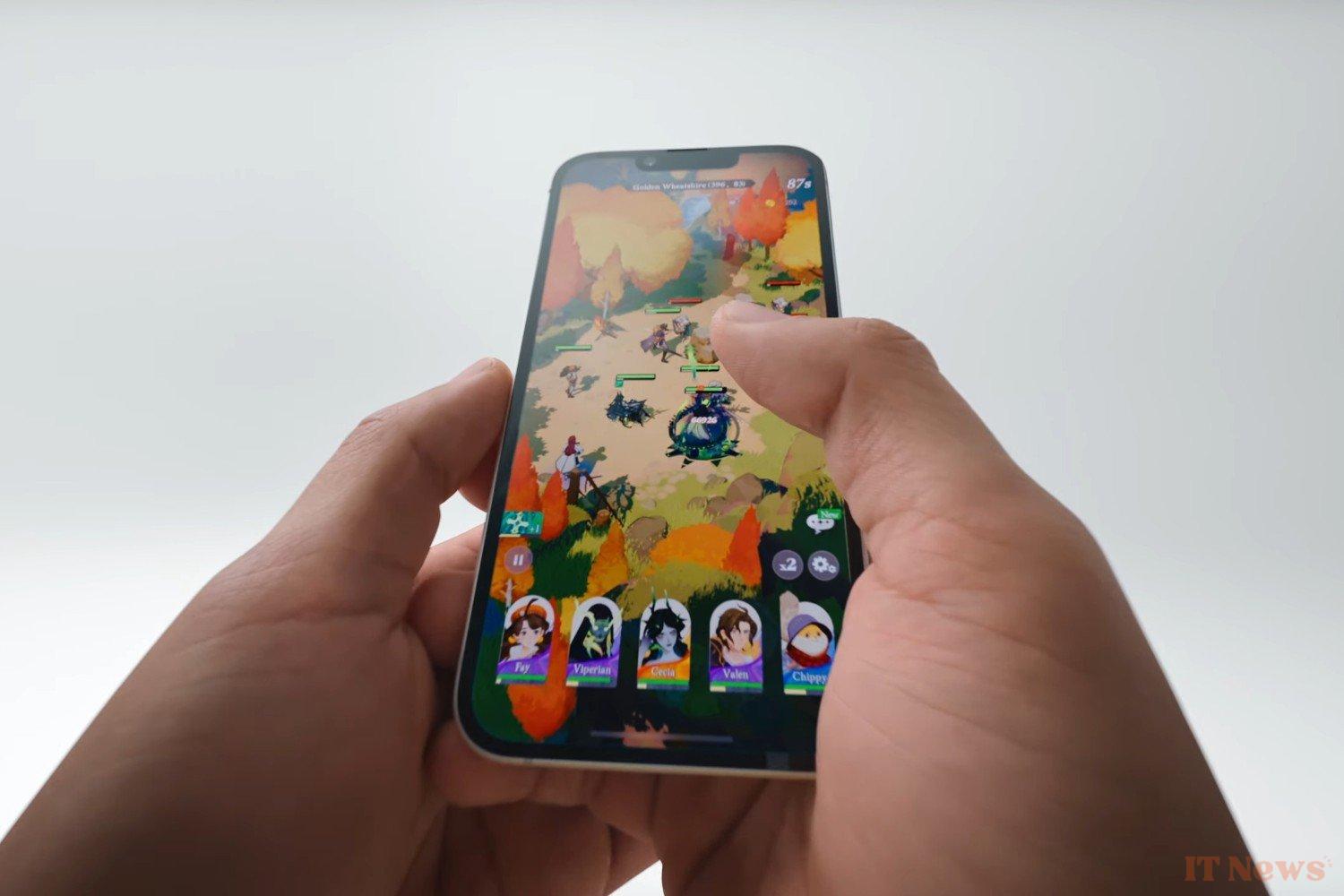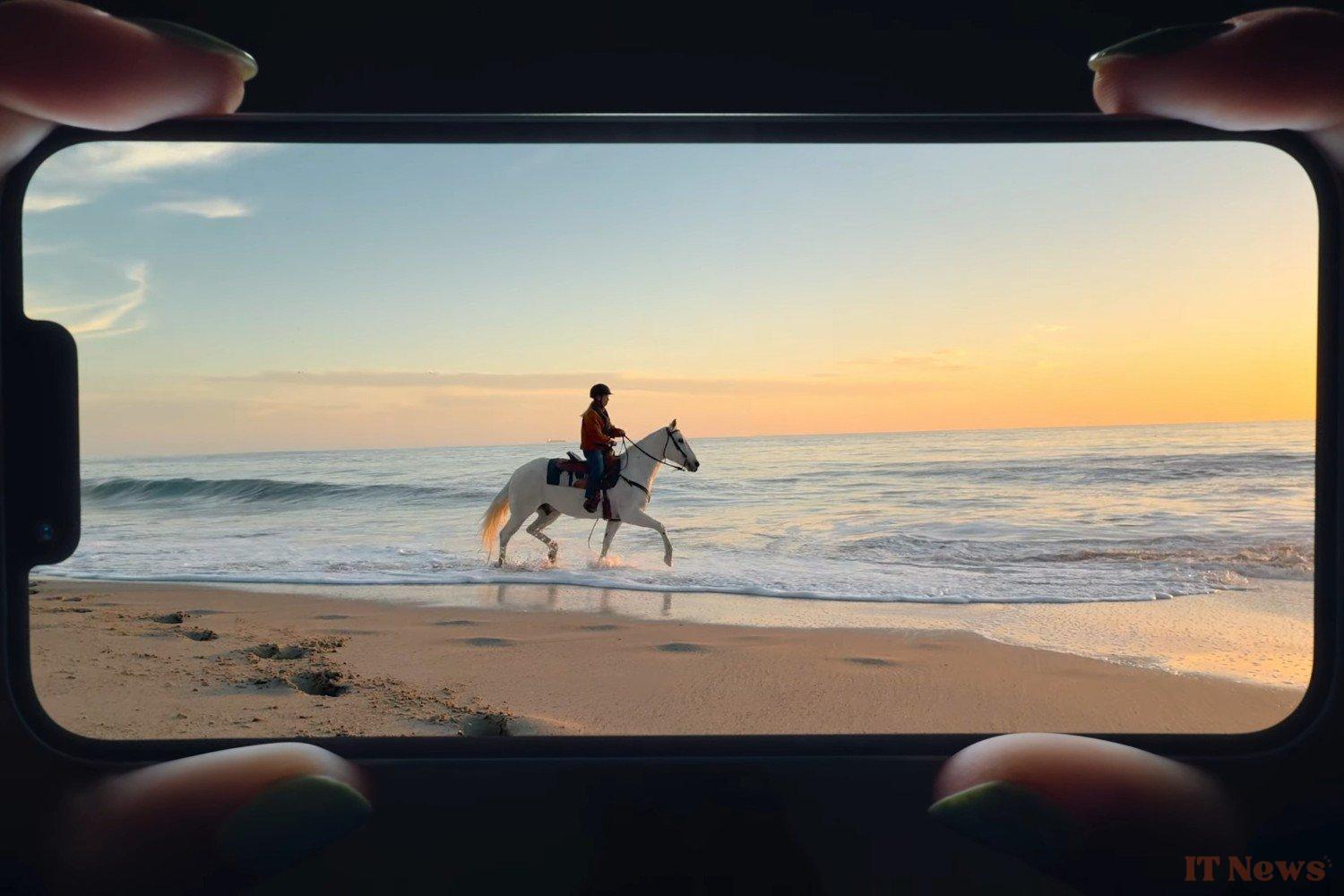And that's it, after months, even years of rumors, the iPhone SE 4 has finally come out of the woodwork, or rather the iPhone 16e, since that's its official name. Apple has therefore decided to end its SE range to complete its entry-level range with a discounted iPhone. We have gone through the technical sheet of the "newcomer to the family" as Tim Cook said and have unearthed eleven missing details.
The elements that jump out at you
Exit the ultra-wide angle, there is only one module. Exit Dynamic Island also and return to the notch. Similarly, the camera button introduced with the iPhone 16 is gone. Apple has cut back on the fat.
We're talking about details, but in these three cases, these are major features that Apple has decided not to integrate into its new iPhone. It worked for an SE, will the bet pay off for an entry-level iPhone?
Connectivity: no WiFi 7 and no ultra wideband
We continue with two elements related to connectivity. The iPhone 16e will not be entitled to WiFi 7, not even WiFi 6E. We will have to make do with the good old WiFi 6 standard. A step backwards that is a bit hard to swallow.
Similarly, the iPhone 16e draws a line under ultra wideband. This technology makes it possible to precisely locate certain objects in space, such as an AirTag for example, but also AirPods.
Performance and brightness take a small hit
Let's now look at a few small details on the pure performance side of the iPhone 16e. Here too, there is a loss. The peak brightness drops to 1200 nits in HDR. This corresponds to the peak of an iPhone 14 for reference. We can imagine that the smartphone integrates the same panel as its ancestor.
If you rely on the name of the chip, a priori, you might think that the iPhone 16e is as fast as the iPhone 16, since both are equipped with an A18 chip. Except that no, the A18 of the iPhone 16e is a slightly less advanced version: it loses a GPU core in the process!
Is it for this reason, or purely due to the range effect, that the iPhone 16e also abandons some key features in video. It does indeed ignore two important modes: the cinematic mode which allows you to add a background blur to a video and the action mode which will stabilize the image in the event of too sudden movements.
The charge is down
Let's finish with the charge and the autonomy. For this last point, the iPhone 16e regains a little interest compared to the iPhone 16, since it displays a better theoretical autonomy. Apple indeed displays 26 hours of video playback compared to 22 hours on the iPhone 16.
On the other hand, the charge has also been reduced. Unlike its big brother, the iPhone 16e does not support MagSafe or the Qi 2 protocol. It will have to make do with Qi 1 limited to 7.5W.






0 Comments